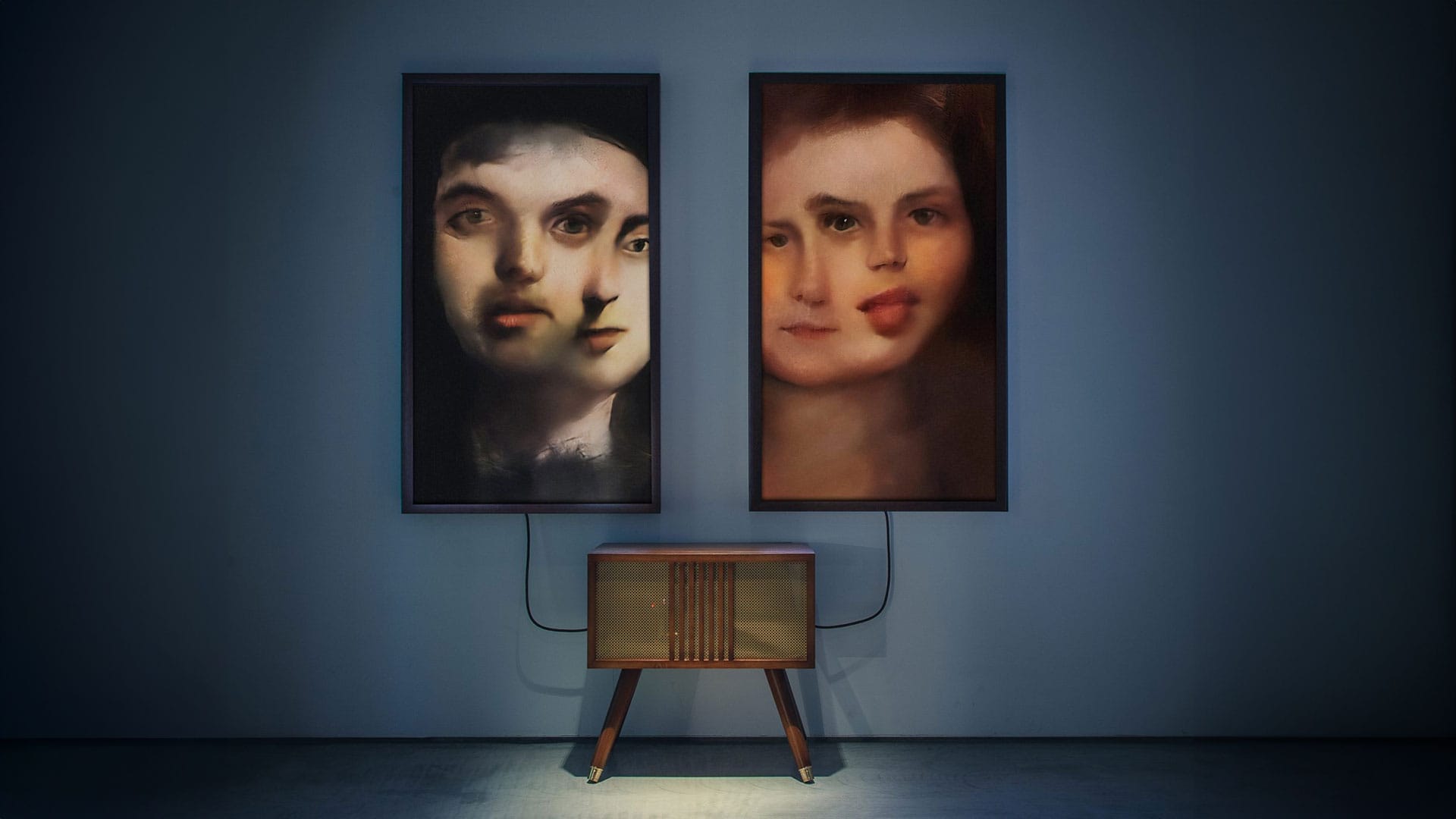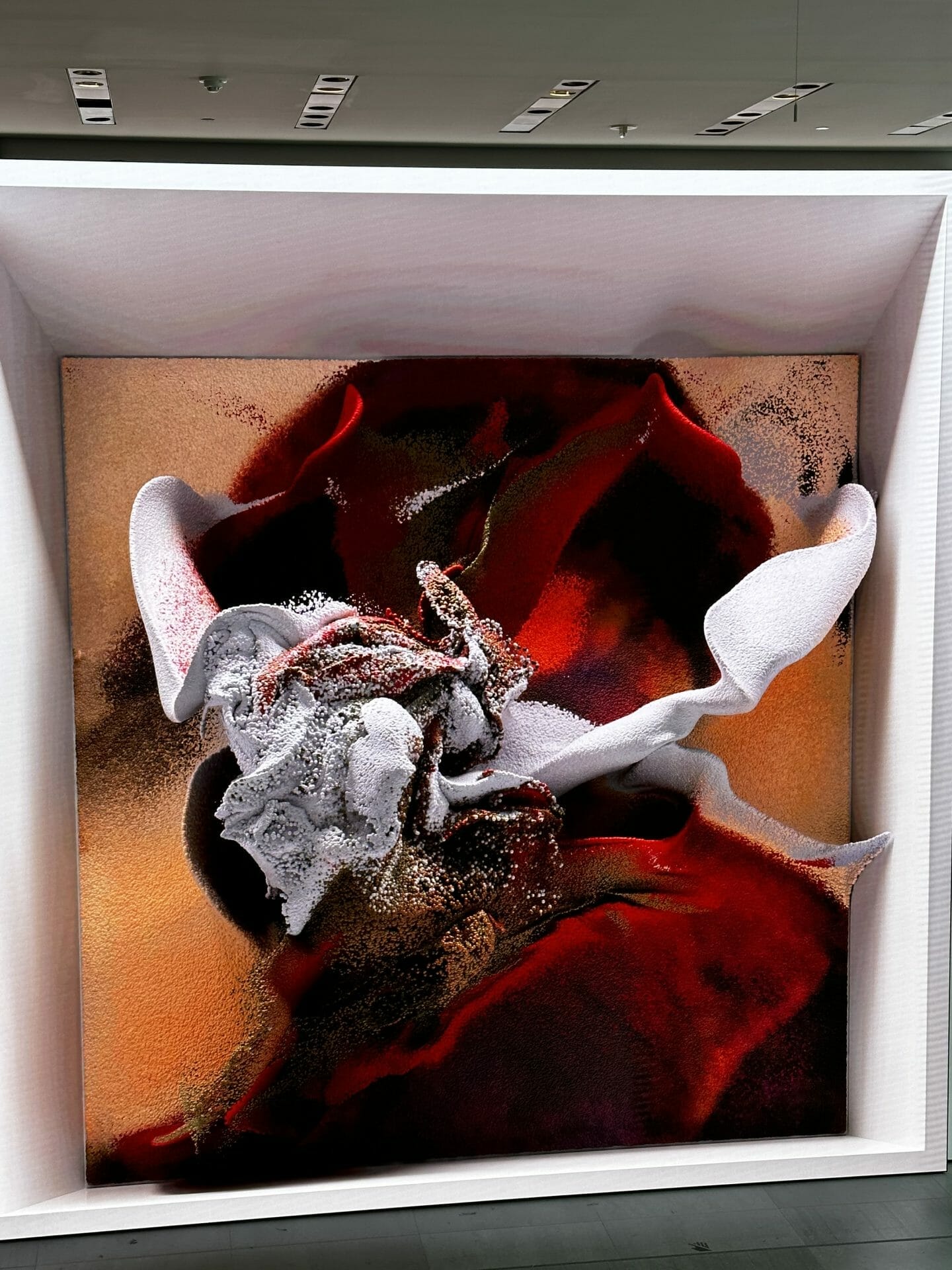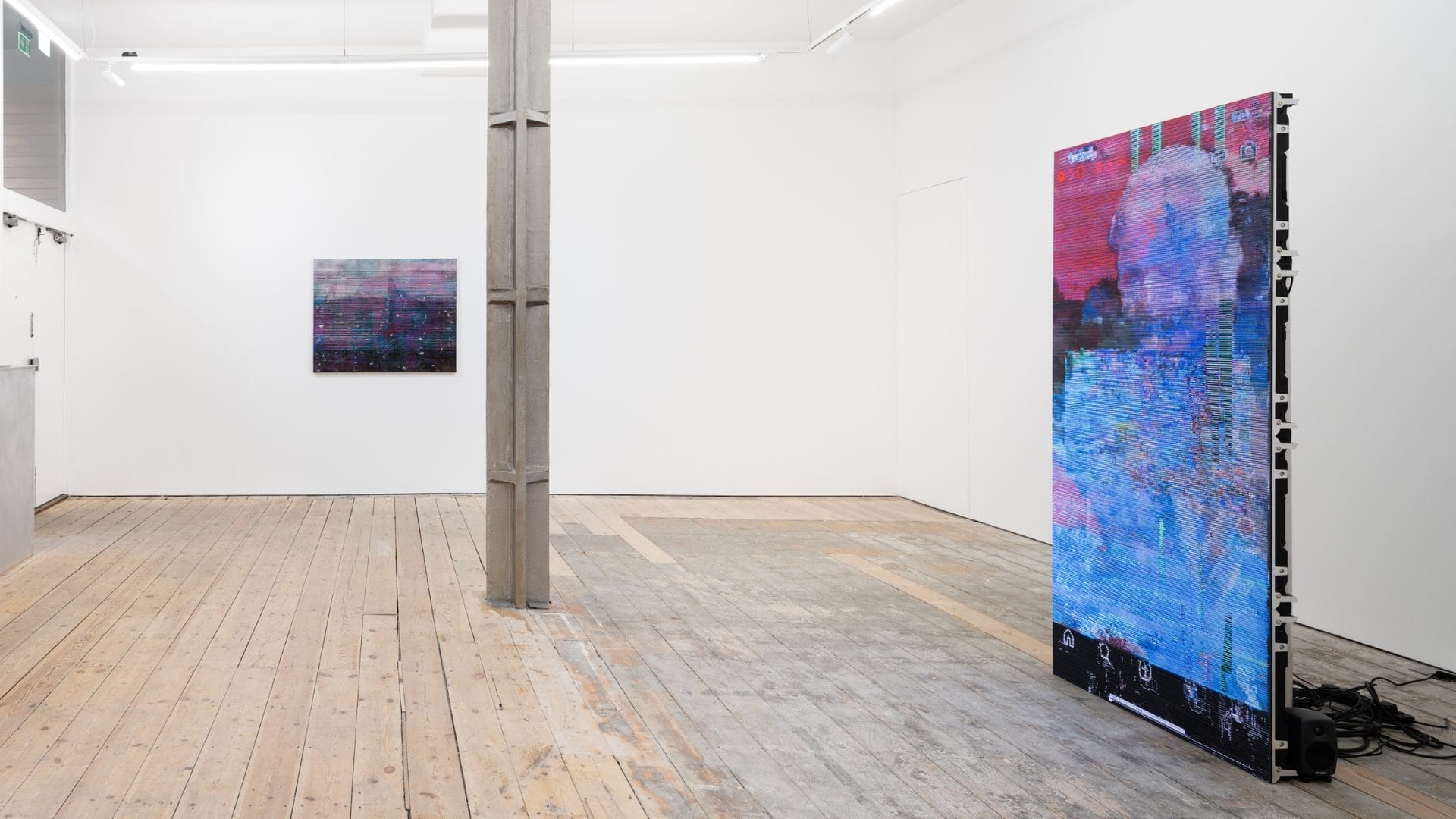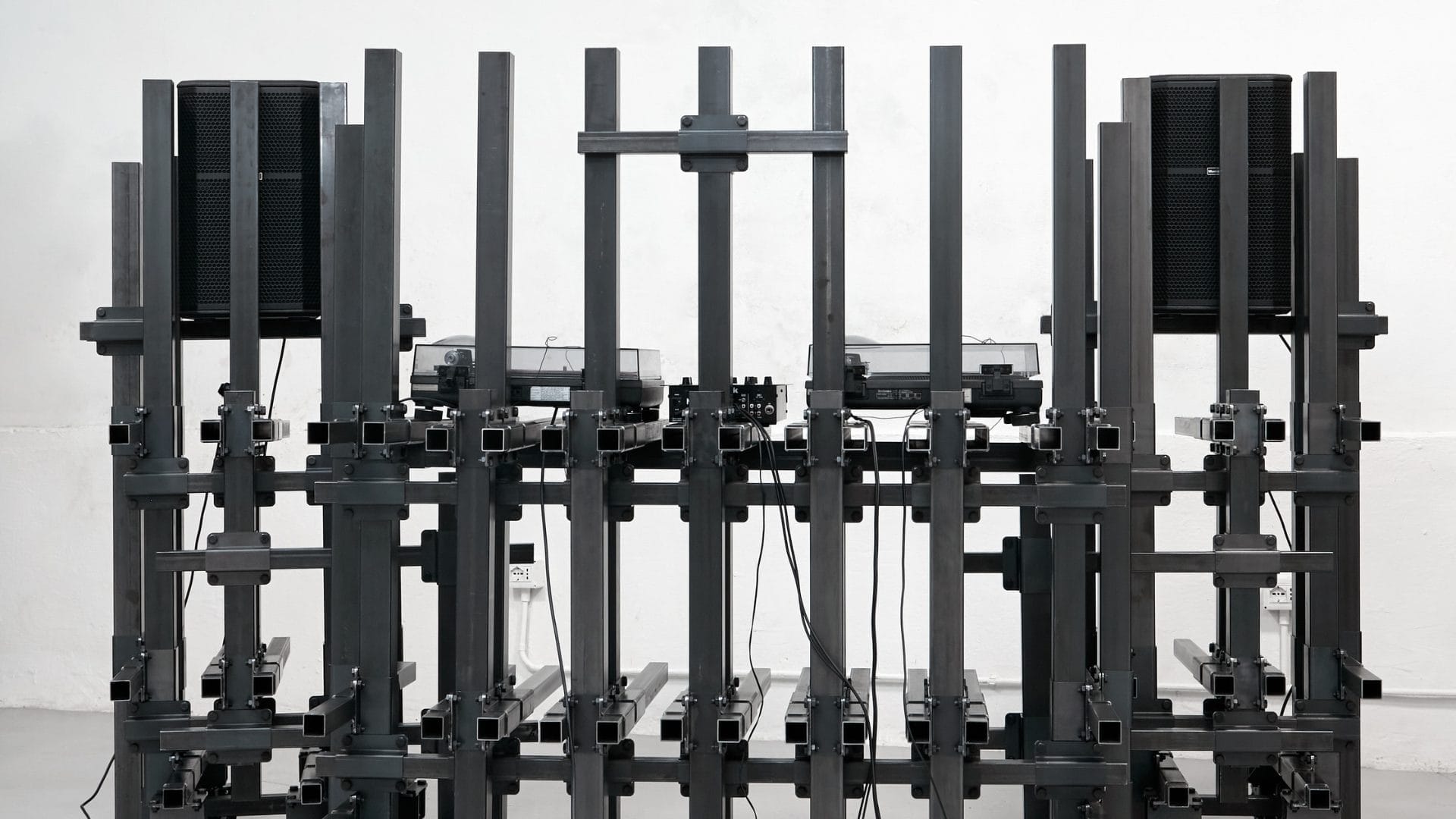
Bridging the Divide: The Struggles of Digital Art in the Traditional Art World
In an increasingly digital age, the art world finds itself at a crossroads, grappling with a question that is both complex and transformative: How can digital art, with its intangible forms and unique challenges, be fully accepted into the realm of traditional art? This dilemma encapsulates the struggles and triumphs of a dynamic art form that is still vying for its place on the hallowed walls of galleries and museums.
The Digital Art Revolution
Digital art, born from the marriage of technology and creativity, has been on a meteoric rise over the past few decades. Artists armed with tablets, styluses, and powerful software have pushed the boundaries of what is possible in artistic expression. They’ve given life to breathtaking digital paintings, immersive virtual reality experiences, and mind-bending generative art. Yet, despite its undeniable impact and growing popularity, digital art has often found itself on the fringes of the traditional art world.
Challenges in the Traditional Art World
One of the primary challenges digital art faces is the long-standing reverence for physicality in the traditional art world. Traditional artworks, such as paintings and sculptures, possess a tangible presence that engages the viewer’s senses in a unique way. The texture of a canvas, the weight of a sculpture, or the subtle nuances of brush strokes evoke a visceral response that has been cherished for centuries. Digital art, being inherently intangible, lacks these sensory elements, which can make it difficult for some to fully connect with.
Additionally, the art market has been slow to adapt to the digital realm. Authenticity and ownership of digital art are subjects fraught with complexity, as the ease of replication in the digital space challenges traditional notions of scarcity and value. The blockchain and non-fungible tokens (NFTs) have introduced innovative solutions, but they are still met with skepticism by many in the traditional art establishment.

The Need for Recognition
Yet, digital art is not merely seeking acceptance; it is demanding recognition for its unique strengths. Digital artists, freed from the constraints of physical media, can experiment with an array of styles and techniques, rapidly iterate on ideas, and collaborate globally in ways that were once unimaginable. They are pushing the boundaries of art into new dimensions, using technology to create immersive experiences that engage and challenge the viewer in unprecedented ways.
The Intersection of Digital and Traditional
The future of art is undoubtedly intertwined with technology. Many artists and institutions are beginning to acknowledge the importance of embracing this evolution rather than resisting it. Museums are hosting digital art exhibitions, galleries are showcasing NFT art, and traditional artists are incorporating digital tools into their practices.
Furthermore, there is a growing recognition that digital art and traditional art can coexist and complement each other. They are not adversaries but rather two branches of a vast and ever-evolving artistic tree. The interplay between these worlds has the potential to enrich both, fostering innovation and expanding the horizons of artistic expression.
Conclusion
As the art world navigates the complexities of embracing digital art, it is essential to remember that art, at its core, is about creativity, expression, and pushing boundaries. Digital art, with its unique challenges and opportunities, embodies these principles. The struggle for acceptance may be real, but it is also a testament to the transformative power of art, constantly pushing the envelope of what is possible. In this digital age, the bridge between the traditional and the digital is waiting to be crossed, and the journey promises to be as awe-inspiring as the destination.

TheJPEGGallery
Digital art investor since 2020 | Art curation | Art critic | Art advisor | @niftygateway Publisher.
You may also like
Fakewhale in Dialogue with Chris Dorland
We’ve been following Chris Dorland’s work for some time now, captivated by his ability to fuse d
Fakewhale Meets Domenico Romeo: On Modularity, Meaning, and Multiform Practice
We’ve been closely following the work of Domenico Romeo with great interest. As an artist, designe
K.R.M. Mooney, reserves at Midway Contemporary Art, Minneapolis
Upon entering K.R.M. Mooney’s reserves exhibition, the viewer is immediately enveloped in an a




